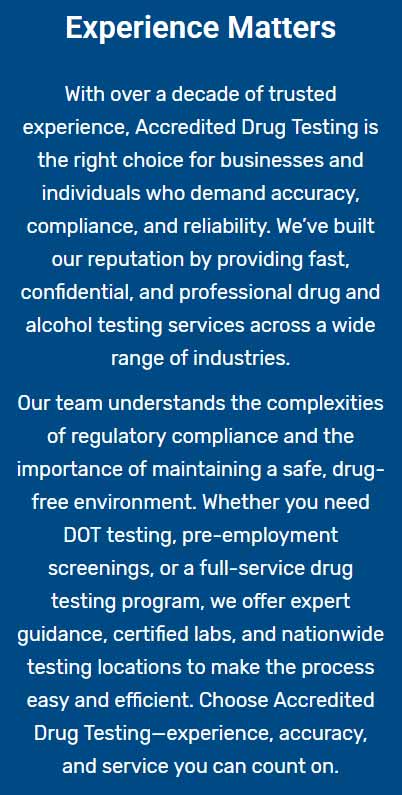What it is, How it works
Hair testing is widely recognized as an effective method for identifying drug and alcohol consumption. Hair offers an extended timeline of alcohol and drug use by encasing biomarkers within its growing strands. When obtained near the scalp, hair can reveal drug and alcohol use history for up to about 3 months. Collection is straightforward, and it is fairly resistant to tampering and easy to transport.
A 1.5-inch segment of roughly 200 hair strands (comparable to the thickness of a #2 pencil) from the nearest point to the scalp yields 100mg, which is the preferred quantity for assessment and validation. For EtG, supplementary tests, and/or panels exceeding 10, a sample weighing 150mg is suggested. We advise using a jeweler's scale for weighing. If scalp hair is lacking, a comparable amount of body hair can be used. In reference to head hair, we mean scalp hair exclusively. Body hair refers to all other types, including facial and axillary.
Process Overview
The laboratory drug test processing comprises four main steps: Accessioning, Screening, Extraction, and Confirmation.
Accessioning involves the initial introduction of a sample into a laboratory's database. This step ensures the sample was sealed and transported correctly, assigns a random LAN (Laboratory Accessioning Number), and fills in any missing information not captured by an electronic tracking system.
Screening is a preliminary assessment for drug presence. Though Screening is cost-efficient for eliminating drug use suspicions in most cases, a positive screen requires validation for legal purposes. Samples testing positive initially require further confirmation through additional testing.
Should a sample indicate a presumptive positive during Screening, additional hair is extracted from the initial sample for further Extraction. Here, the concentration of drugs extracted from hair is significantly lower compared to other methods (e.g., urine or oral fluids), making hair drug testing particularly challenging.
Any positive findings during Screening are confirmed using GC/MS, GC/MS/MS, or LC/MS/MS techniques. Pre-confirmation, all samples with presumptive positive results are cleansed as requisite. The comprehensive laboratory processing, from Accessioning to Confirmation, is scrutinized under the CAP (College of American Pathologists) Hair criteria and meets ISO / IEC 17025 accreditation standards.
Advantages of hair drug testing:
- Extended detection period: Hair drug testing can reveal drug use for up to 90 days, whereas urine testing offers a shorter timeframe.
- Resistance to evasion: Hair drug tests can scarcely be manipulated, thereby enhancing accuracy.
- Historical usage insight: It provides a timeline of drug usage behavior over an extended period, rather than just recent activity.
Limitations:
- Incapable of capturing recent usage: Detecting drugs in hair takes approximately 5-7 days.
- Expense: Conducting hair drug tests usually incurs higher costs than alternative testing methods.
- Result variability: Factors like hair color and individual differences in hair growth can influence drug metabolite concentrations in hair.
Note: Often termed "hair follicle tests," the examination actually assesses the hair strand, not the follicle beneath the scalp.




